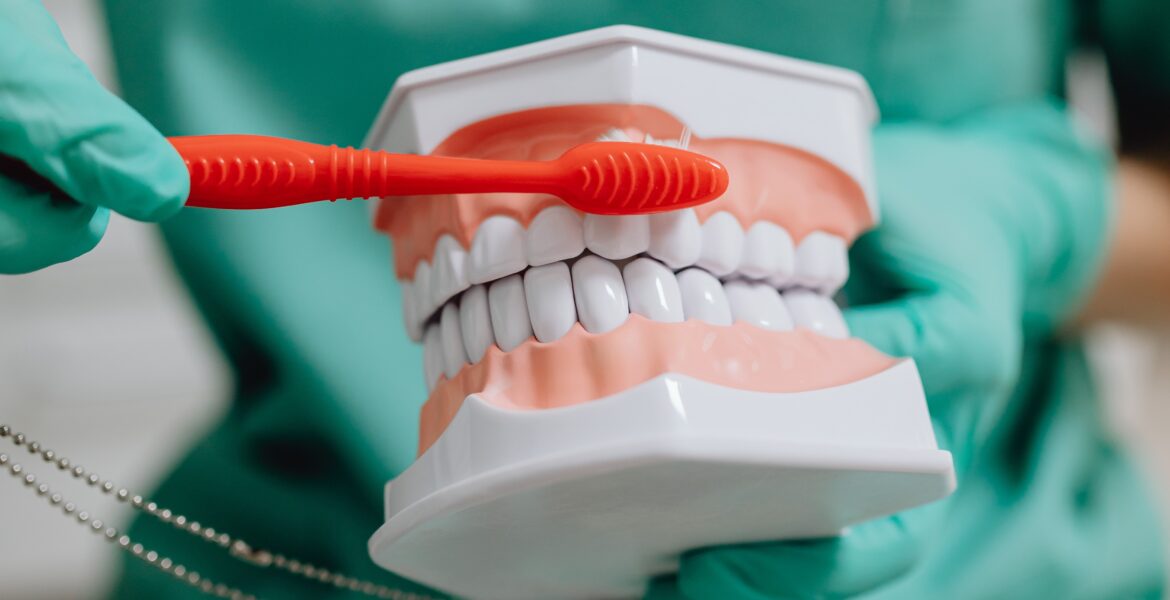Tooth Decay is Caused by Worms
As ancient as Babylonian times, worms were associated with tooth decay. A poem written by a Babylonian poet, Nabunadinirbu Kurdanu, echoes antique dental literature embraced in the popular theory, “The Legend of the Worm.”
Today science has proven convincingly that tooth decay is as a result of bacterial initiation coupled with chemical factors. The chemo-parasitic theory of modern times explains how streptococcal mutants, bacteriae in dental plaque, are responsible for production of acetic acid in the presence of fermentable sugars.
In the unbalanced arena of continued and gradual demineralisation of the inorganic portion of teeth (against the remineralisation effect of fluoride from toothpaste and saliva), acetic acid leaves the organic structure of the offended tooth vulnerable to collapse and sensitive to changes in the oral environment.
Tooth decay is not infectious
What is attributed to as a “hereditary dental decay” may not necessarily be the case except to account for the congenital defects in enamel or dentine which does contribute to little resistance to decalcification by the acids. Research exposes salivary contact with an infected individual, among others through sharing of utensils (by breastfeeding women in motivation to babies for a meal) and kissing as other modes of transmission.
As a way to curb transmission, pregnant women are strongly advised to undergo dental screening and attend to cleaning of their dentition preferably with their partners.
Analgesics or topical herbals can cure dental decay
People resort to analgesics and topical herbals in hope of getting rid of or reducing dental decay. However, dental decay is not treatable by pills to begin with. More worse, it becomes expensive to treat while you delay seeing a dentist. As for topical herbals being good as analgesics, they but sustain infection and often dental pain may recur at a later stage. The only treatment available for dental decay is restoration with dental filling materials or root canal treatment (RCT). Extraction is the last resort in treatment of tooth decay.
If you have a painful tooth, see a dentist without delay to determine the underlying cause because it is not all the time that the pain is the result of dental decay; it may be gum disease or other related pathologies.
Using toothpaste keeps tooth decay away
If you are an adult and you use ≤1000 ppm toothpaste for children, you are likely to miss out both the remineralisation and bacteriastatic threshold for fluoride. First things first: check the concentration levels of fluoride on the pack of toothpaste. It must be between 1350 and 1500 ppm for adults. Don’t forget to cross-check if the product is approved by the country’s dental body (there are always oral health products in circulation unchecked for their fluoride concentration) or by recommended international bodies (e.g. the American Dental Association (ADA) or Federal Dental Association (FDA).
Secondly, make a habit of brushing your teeth preferably after breakfast, if you have your breakfast at home. Otherwise rinse, preferably with fluoridated rinses, and floss, if you have your breakfast away from home. It is also important for dental health to brush your teeth before bedtime.
On several occasions, dental professionals have witnessed a pattern where clients diagnosed with dental decay have been brushing their teeth using acknowledged toothpaste and messing up with timing of their routine, in most cases during mornings. You are well-advised to avoid decay-friendly snacks between meals.
Robert Fabiano Dawa (DDT) Malawi College of Health Sciences. A prolific award-winning writer and author of “Behind the Skin,” a story of abduction and killing of people with albinism. Dawa is a Dental Therapist at Sarona Health Medical Clinic in Tsholofelo East, Gaborone.

